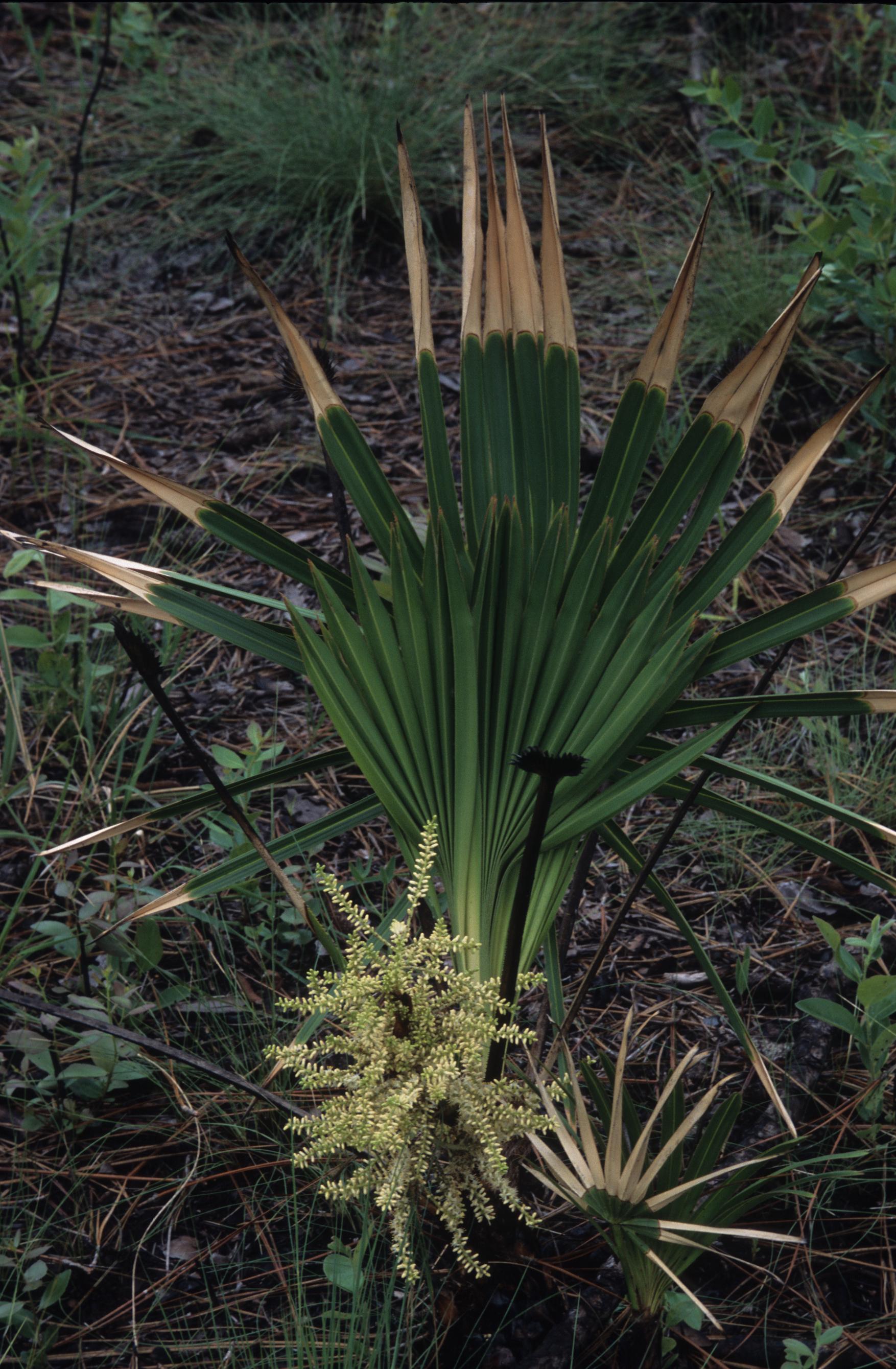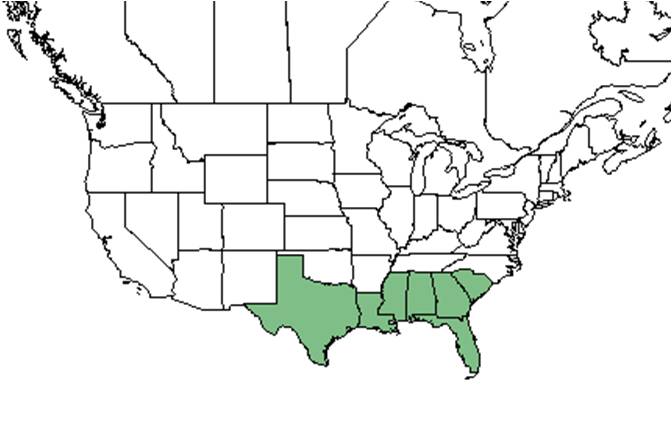Difference between revisions of "Serenoa repens"
KatieMccoy (talk | contribs) (→References and notes) |
KatieMccoy (talk | contribs) (→References and notes) |
||
| Line 66: | Line 66: | ||
Deyrup, M.A. and N.D. 2015. Database of observations of Hymenoptera visitations to flowers of plants on Archbold Biological Station, Florida, USA. | Deyrup, M.A. and N.D. 2015. Database of observations of Hymenoptera visitations to flowers of plants on Archbold Biological Station, Florida, USA. | ||
| − | Florida State University Robert K. Godfrey Herbarium database. URL: [http://herbarium.bio.fsu.edu http://herbarium.bio.fsu.edu]. Last accessed: | + | Florida State University Robert K. Godfrey Herbarium database. URL: [http://herbarium.bio.fsu.edu http://herbarium.bio.fsu.edu]. Last accessed: November 2015. Collectors: Loran C. Anderson, L. Baltzell, Walter M. Buswell, Angus Gholson, J.P. Gillespie, Robert K. Godfrey, Bruce Hansen, JoAnn Hansen, R.D. Houk, Lisa Keppner, Robert Kral, O. Lakela, S.W. Leonard, Sidney McDaniel, Richard S. Mitchell, Chas. A. Mosier, Gwynn W. Ramsey, John K. Small, Alfred Traverse, H.R. Totten, David E. Wilson. States and Counties: Florida: Calhoun, Clay, Dade, Escambia, Franklin, Gadsden, Gulf, Hernando, Jackson, Lake, Leon, Levy, Liberty, Madison, Monroe, Orange, Palm Beach, Taylor, Washington. Georgia: Thomas. Compiled by Tall Timbers Research Station and Land Conservancy. |
Revision as of 18:09, 19 November 2015
| Serenoa repens | |
|---|---|

| |
| Photo taken by Gil Nelson | |
| Scientific classification | |
| Kingdom: | Plantae |
| Division: | Magnoliophyta - Flowering plants |
| Class: | Liliopsida – Monocotyledons |
| Order: | Arecales |
| Family: | Arecaceae ⁄ Palmae |
| Genus: | Serenoa |
| Species: | S. repens |
| Binomial name | |
| Serenoa repens (W. Bartram) Small | |

| |
| Natural range of Serenoa repens from USDA NRCS Plants Database. | |
Common name: saw palmetto
Contents
Taxonomic notes
Description
A description of Serenoa repens is provided in The Flora of North America.
S. repens has been observed to have no true stem, with petiole spinescent below surface (FSU Herbarium).
Distribution
Ecology
Habitat
In the Coastal Plain in Florida and Georgia, Serenoa repens has occurred around sinkholes in oolite, on dunes in an understory of Pinus clausa, sandpine-evergreen oak scrubs, cabbage palm-hardwood hammocks, pine flatwoods, open slashpine woodlands, coastal hammocks, Baccharis flats, longleaf pine-scrub oak ridges, dried up ponds, and pine-oak woodlands. It has been found in disturbed areas such as open pastures, roadsides, and a newly planted slash pine plantation with deep sterile sandy soil (FSU Herbarium). Soil types include sand and loamy sand (FSU Herbarium). Associated species include Persea, Rapanea, Myrica, Ficus, and Ardisia (FSU Herbarium).
Phenology
It has been observed flowering March through June and fruiting April through December (FSU Herbarium).
Seed dispersal
Seed bank and germination
Fire ecology
S. repens has been observed growing in burned turkey-oak pinewoods and recently burned longleaf pine-turkey oak sandhill (FSU Herbarium).
Pollination
The following Hymenoptera families and species were observed visiting flowers of Serenoa repens at Archbold Biological Station (Deyrup 2015):
Apidae: Apis mellifera, Bombus impatiens, Epeolus glabratus, E. pusillus, E. zonatus,
Colletidae: Colletes banksi, C. brimleyi, C. mandibularis, C. nudus, C. sp. A, Hylaeus graenicheri
Halictidae: Agapostemon splendens, Augochlora pura, Augochlorella aurata, Augochloropsis metallica, Halictus poeyi, Lasioglossum miniatulus, L. nymphalis, L. placidensis, L. puteulanum, Sphecodes heraclei
Leucospididae: Leucospis affinis, L. birkmani, L. robertsoni, L. slossonae
Megachilidae: Megachile xylocopoides
Pompilidae: Episyron conterminus posterus, Tachypompilus f. ferrugineus
Sphecidae: Bicyrtes quadrifasciata, Cerceris blakei, C. flavofasciata floridensis, C. fumipennis, C. rozeni, C. rufopicta, Crabro hilaris rufibasis, Ectemnius decemmaculatus tequesta, E. maculosus, E. rufipes ais, Isodontia exornata, I. mexicana, Larra bicolor, Liris beata, L. muesebecki, Oxybelus decorosum, O. laetus fulvipes, Pseudoplisus phaleratus, Sceliphron caementarium, Stictiella serrata, Tachysphex apicalis, T. similis, Tachytes distinctus, T. guatemalensis, T. mergus, Tanyoprymnus moneduloides, Xysma ceanothae
Vespidae: Eumenes smithii, Euodynerus apopkensis, Mischocyttarus cubensis, Monobia quadridens, Pachodynerus erynnis, Parancistrocerus bicornis, P. salcularis rufulus, Polistes bellicosus, P. metricus, Stenodynerus beameri, S. lineatifrons, Vespula squamosa, Zethus slossonae, Z. spinipes
Use by animals
Diseases and parasites
Conservation and Management
Cultivation and restoration
Photo Gallery
References and notes
Deyrup, M.A. and N.D. 2015. Database of observations of Hymenoptera visitations to flowers of plants on Archbold Biological Station, Florida, USA.
Florida State University Robert K. Godfrey Herbarium database. URL: http://herbarium.bio.fsu.edu. Last accessed: November 2015. Collectors: Loran C. Anderson, L. Baltzell, Walter M. Buswell, Angus Gholson, J.P. Gillespie, Robert K. Godfrey, Bruce Hansen, JoAnn Hansen, R.D. Houk, Lisa Keppner, Robert Kral, O. Lakela, S.W. Leonard, Sidney McDaniel, Richard S. Mitchell, Chas. A. Mosier, Gwynn W. Ramsey, John K. Small, Alfred Traverse, H.R. Totten, David E. Wilson. States and Counties: Florida: Calhoun, Clay, Dade, Escambia, Franklin, Gadsden, Gulf, Hernando, Jackson, Lake, Leon, Levy, Liberty, Madison, Monroe, Orange, Palm Beach, Taylor, Washington. Georgia: Thomas. Compiled by Tall Timbers Research Station and Land Conservancy.